
What would happen if the speed of light were much lower?
If light traveled very slowly, strange things would happen.

Light is the fastest-moving thing in the universe. So what would happen if the speed of light were much, much slower?
In a vacuum, the speed of light is about 186,000 miles per second (300,000 kilometers per second). If it were orders of magnitude slower, humans would immediately take notice.
Any gamer can experience this hypothetical scenario in a computer game that Gerd Kortemeyer, director of educational development and technology at ETH Zurich, a science, technology, engineering and mathematics university in Switzerland, and his colleagues created. In the game, you can see the bizarre effects of changing colors and brightness, and even alterations in the perceived lengths of objects, that would result from a much slower speed of light.
Related: What if Earth had rings?
Human's sluggish speeds
Even at our fastest speeds, humans are slow compared with light.
"The fastest any human has traveled is about 0.0037% the speed of light, and you need to be in some kind of space vehicle to reach those speeds," Philip Tan, research scientist at the MIT Game Lab, told Live Science.
But by doing thought experiments, physicists have determined that unusual things would happen if humans could travel at near light speed, said Kortemeyer, who is also an associate professor of physics at Michigan State University. According to Albert Einstein's theory of special relativity — which explains how speed affects mass, time and space — time would slow down, we would measure objects as being shorter as we whizzed past them and the Doppler effect would become visible for light, among other changes.
Sign up for the Live Science daily newsletter now
Get the world’s most fascinating discoveries delivered straight to your inbox.
Those same changes would occur if, instead of humans speeding up, light slowed down. In both cases, we'd be moving at near light speed.
A slower speed of light
While Kortemeyer was working as a visiting professor at MIT, he, Tan and colleagues at the MIT Game Lab created a computer game to illustrate what the world would be like if the speed of light were slow enough that special relativity were noticeable in everyday life. In the game, released in 2012 and called "A Slower Speed of Light," the player controls a character who collects beach ball-like orbs. Every time the character collects one of the 100 orbs, the speed of light slows.
In reality, the speed of light would not slow down the way it does in the game. The speed of light in a vacuum never changes and is constant for every observer. However, the speed of light does change depending on the materials it's passing through, but that doesn't change the effects of special relativity, or how we perceive them, Kortemeyer said.
If we could witness special relativity, however, we would notice changes in colors, time, distance and brightness, and the team incorporated those effects into the game.
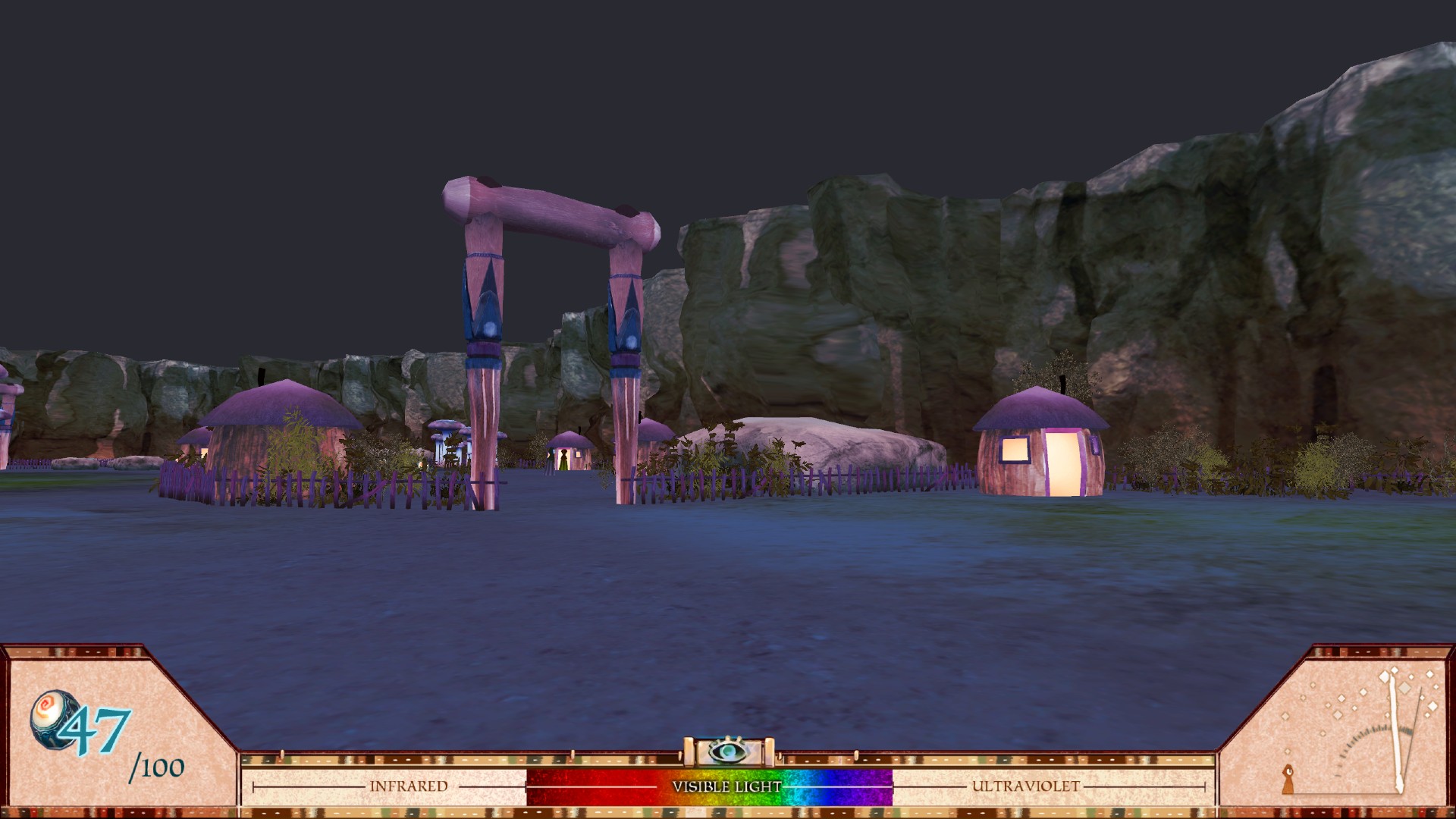
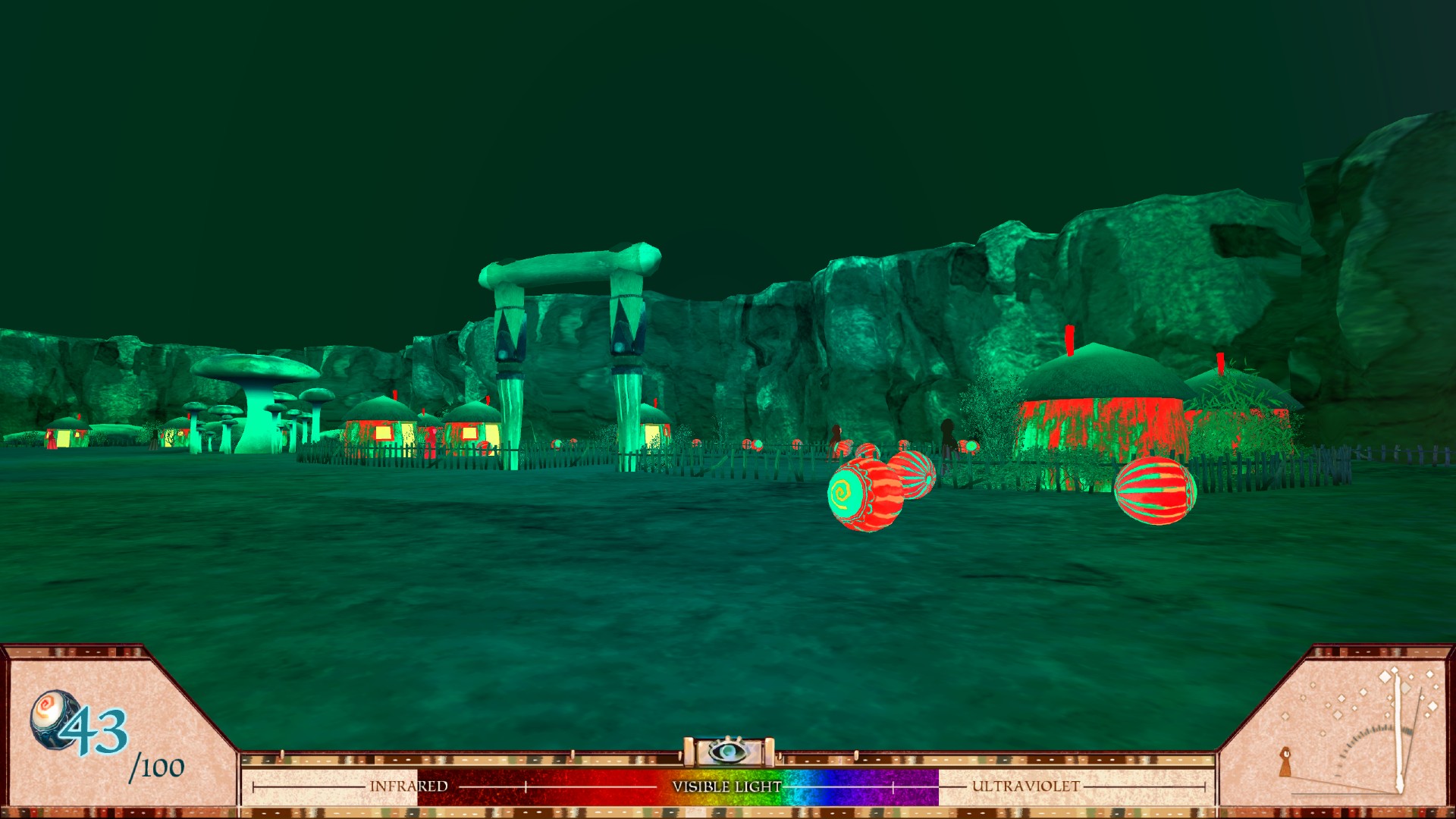
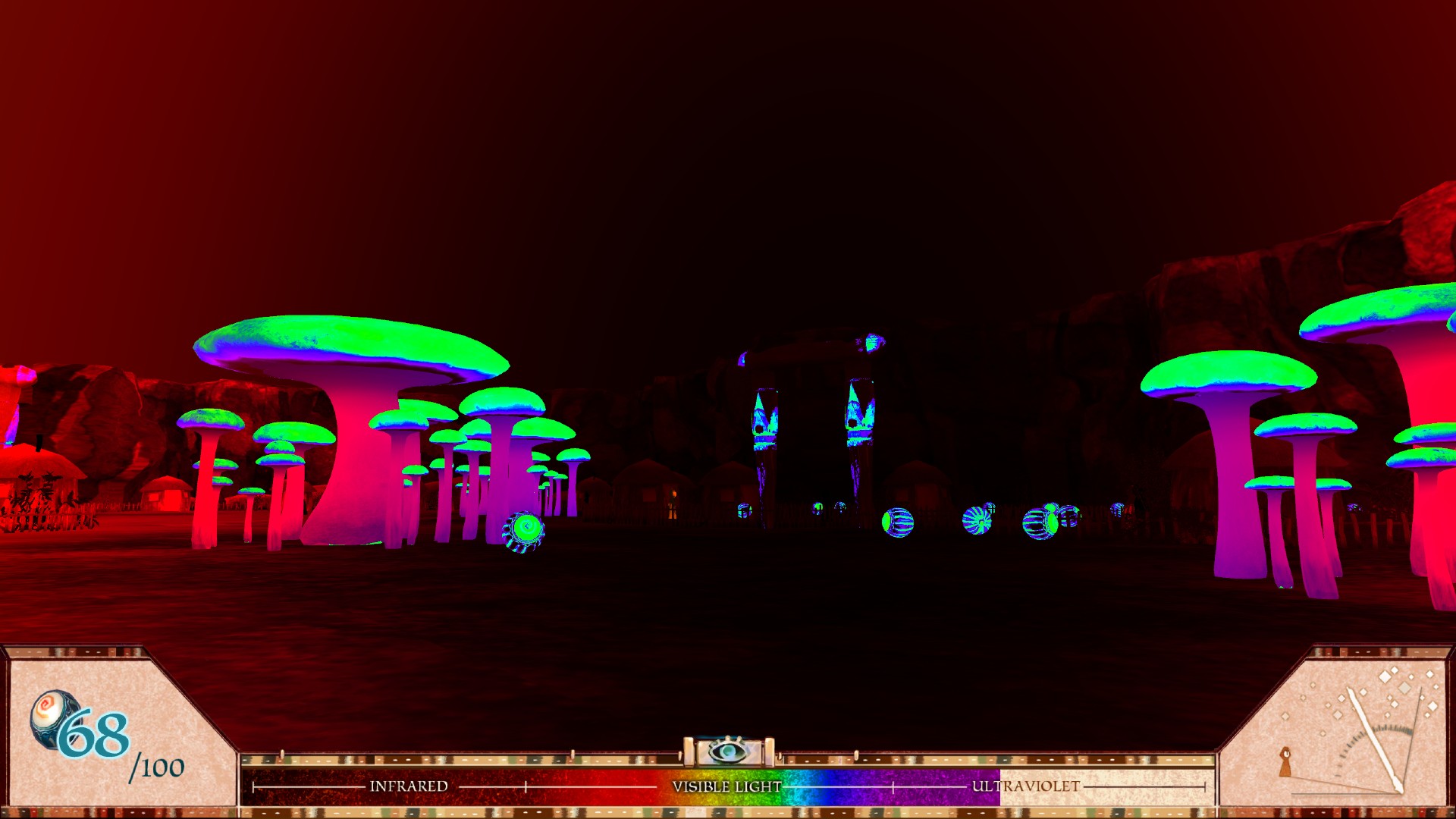
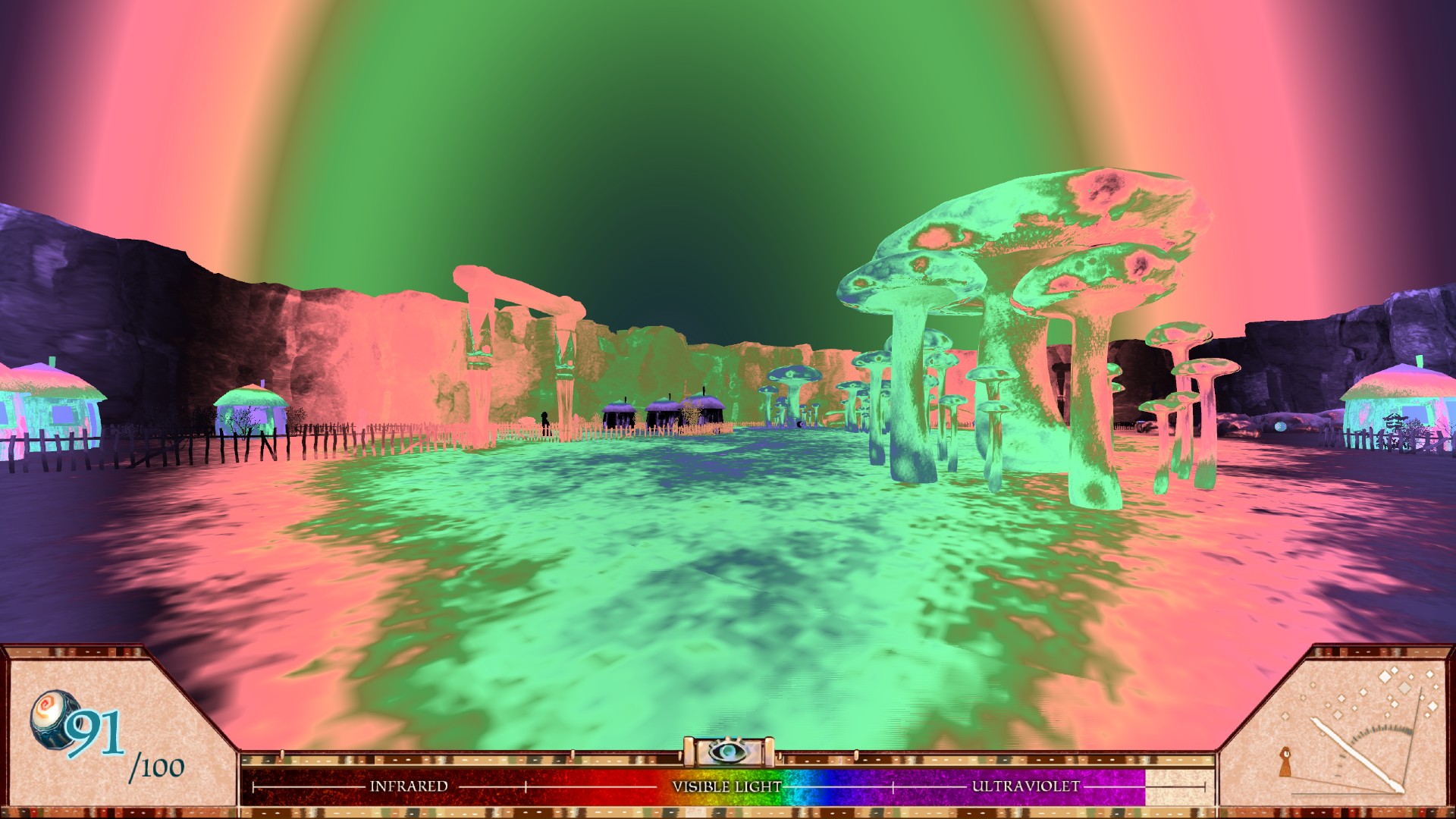
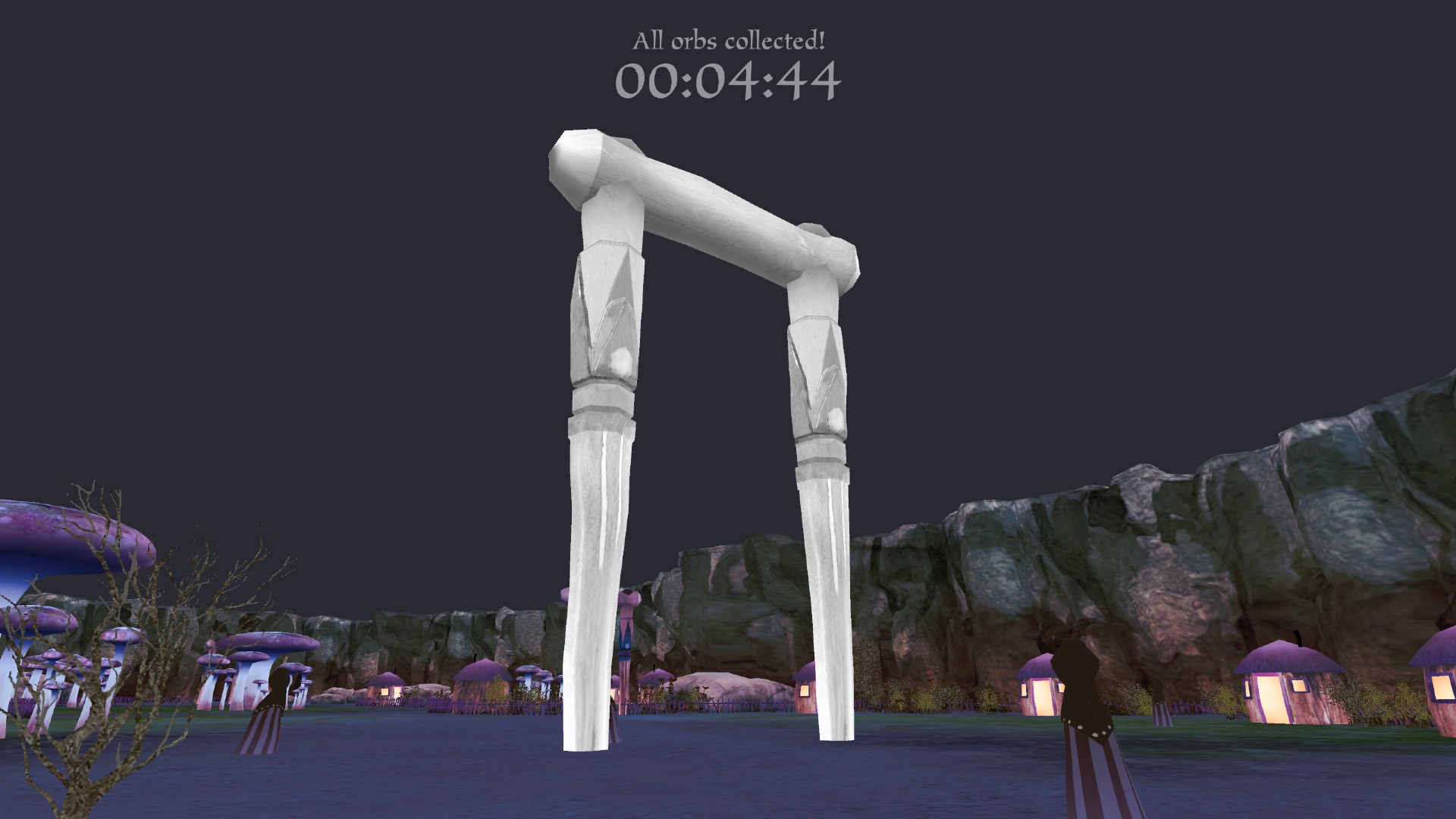
Color changes
When the speed of human motion approaches the speed of light, something called the relativistic Doppler effect becomes perceptible. To understand this, remember that light acts as both a particle and a wave. As a wave, it's characterized by its wavelength, or the distance from crest to crest, which determines its color, and its frequency, or how many crests pass in a given time.
Related: What if there were no gravity?
Similar to the way that, according to the Doppler effect, approaching a sound source makes its frequency, or pitch, seem to increase as the wave crests reach your ear faster and faster, moving toward a light source makes its wavelength seem shorter, shifting the apparent color of the light toward the blue and violet end of the color spectrum, Kortemeyer said. Moving away from an object, on the other hand, shifts its apparent color toward the red end of the spectrum. In sum, "the thing coming toward you looks bluer, or the thing moving away from you looks redder," Kortemeyer said.
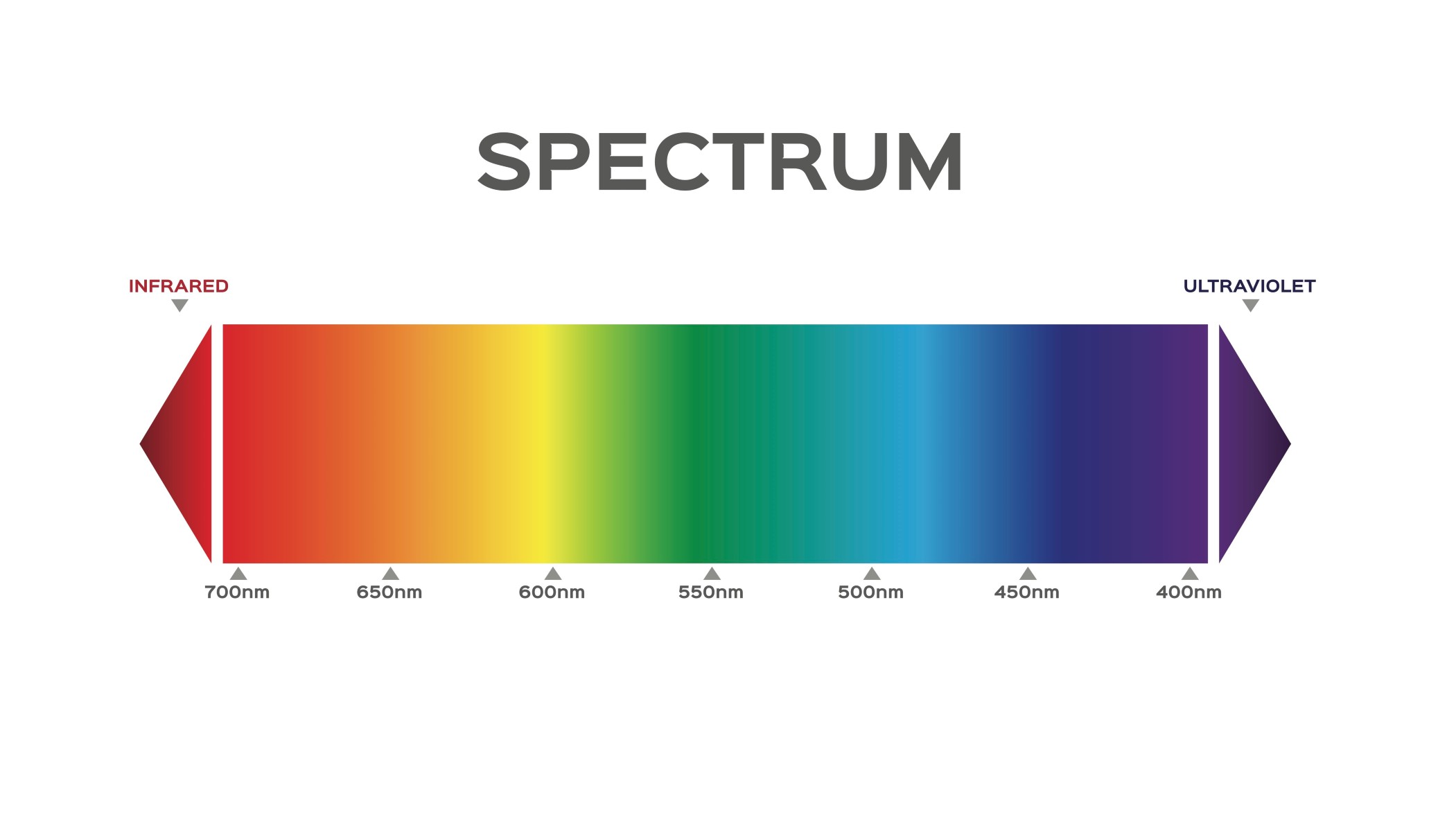
Changes to time and distance
Perhaps one of the most famous effects of special relativity is that for a human moving near the speed of light, time slows down. In this scenario, a person moving at near light speed would age more slowly. This effect is called time dilation.
In the game, "technically, you are experiencing time dilation; but without having something to compare it against, it doesn't really mean anything," Tan said. Time dilation may not be noticeable during the game, but at the end, players see a screen informing them that less time has passed for them than passed for a stationary clock, Tan said. Time dilation, like the other effects of special relativity, happens during the game because the game's character is moving close to the speed of light.
Another effect of special relativity is that the lengths of objects moving near the speed of light — or stationary objects as you whiz past them at near light speed — shorten. This is called length contraction. But the effect is complicated, Kortemeyer said. Objects zooming at close to the speed of light might experience length contraction and might be shorter, according to measurements by a stationary observer, but they would actually appear longer to that person's eyes due to another effect of special relativity called the runtime effect, Kortemeyer said.
For example, say a bicycle is coming toward you. The light from the front of the bike has a shorter distance to travel to your eyes than light from the back of the bike. As a result, you see the front of the bike as it was more recently and the back of the bike as it was further in the past, when the bike was farther away. "That overall makes the bicycle appear longer," Kortemeyer said. Sometimes, this same effect can make objects appear warped.
In other words, if the speed of light were much slower, objects moving near that speed might appear longer and/or warped to stationary observers.
Related: What if Earth shared its orbit with another planet?
Changes to brightness
When you walk in the rain, you might notice that you get wetter in front than in back. As you walk into the rain, you encounter more raindrops than you would standing still, but the front of you protects the back of you from those extra raindrops. Something similar would happen if you were moving at near the speed of light, Kortemeyer said.
That's because light sometimes behaves like a collection of particles, called photons, which are like little droplets of light. As you move toward an object in the computer game, it appears brighter than it does when you're standing still, because you're walking into its photons. This is called the searchlight effect.
Mr. Tompkins in Wonderland
Kortemeyer and Tan were not the first to imagine a world with a slower speed of light. In 1939, physicist George Gamow published a picture book, called "Mr. Tompkins in Wonderland," in which the title character rides a bike through a city with a slowed speed of light and experiences relativistic effects. Einstein "really liked that little booklet," Kortemeyer said.
What might the great physicist think of "A Slower Speed of Light"? "Curiosity might have made him play in the first place, since if historians are to be believed, already at the age of 16 he asked what you would see if you were riding a beam of light — which, of course, you can't, but in the game, you can reach almost the speed of light," Kortemeyer said. "But then I think he would have just played the video game until he got hopelessly motion sick — most physicists remain playful."
Originally published on Live Science.

Ashley P. Taylor is a writer based in Brooklyn, New York. As a science writer, she focuses on molecular biology and health, though she enjoys learning about experiments of all kinds. Ashley's work has appeared in Live Science, The New York Times blogs, The Scientist, Yale Medicine and PopularMechanics.com. Ashley studied biology at Oberlin College, worked in several labs and earned a master's degree in science journalism from New York University's Science, Health and Environmental Reporting Program.









